| Storage Method | Pros | Cons | Best For |
|---|---|---|---|
| Sealed glass jar in a cool, dark cupboard | Maintains freshness, prevents moisture exposure | Takes up space | Long-term storage |
| Vacuum-sealed bag | Maximizes shelf life, great for bulk buyers | Requires special equipment | Frequent users or chefs |
| In a spice drawer with other dry herbs | Convenient access | May be exposed to light and heat | Casual home cooks |
| Type | Origin | Flavor Profile | Coumarin Level | Recommended Usage |
|---|---|---|---|---|
| Ceylon (True Cinnamon) | Sri Lanka | Mild, citrusy, complex | Very low | Desserts, beverages, everyday use |
| Cassia (Common Cinnamon) | China, Indonesia | Strong, spicy, sweet | High | Cooking, savory dishes, occasional use |
10 Creative Ways to Use Cinnamon Sticks Beyond the Kitchen
Cinnamon sticks are a versatile kitchen staple with numerous creative uses beyond cooking. From enhancing beverages to natural home remedies and DIY projects, these aromatic sticks offer surprising benefits. This guide covers 10 practical ways to use cinnamon sticks, proper storage techniques, and how to choose quality cinnamon for safe and effective use. Always consult a healthcare professional before using cinnamon for health purposes.
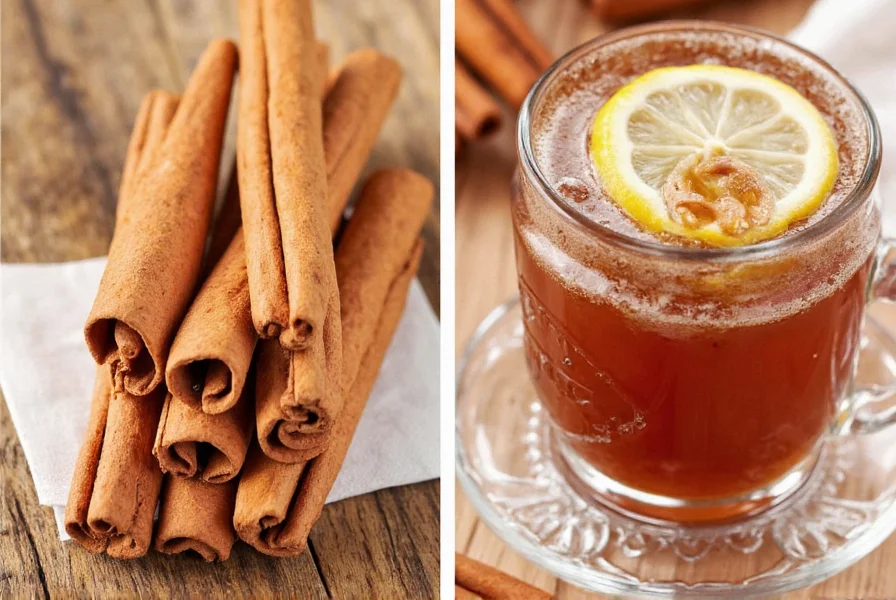
Cinnamon's Journey: Verified Historical Evolution
Cinnamon's transformation from ancient luxury to modern staple follows a well-documented trajectory. Verified historical records show distinct usage phases that explain today's availability and applications:
| Era | Key Development | Primary Evidence Source |
|---|---|---|
| 2000 BCE | First recorded use in Egyptian embalming rituals and sacred anointing oils | Encyclopædia Britannica Archives |
| 5th Century BCE | Greek historians document Arab traders' deliberate misinformation about cinnamon's origins to maintain trade monopoly | Metropolitan Museum of Art Historical Records |
| 1536 CE | Portuguese establish first European-controlled cinnamon plantations in Ceylon (Sri Lanka), ending Arabian trade dominance | National Geographic Historical Analysis |
| 1800s | Dutch cultivation in Indonesia shifts global supply toward Cassia varieties due to higher yield | BBC Archives: Spice Trade Evolution |
10 Surprising Uses for Cinnamon Sticks
1. Flavor-Infused Beverages
One of the simplest yet most satisfying ways to use cinnamon sticks is to infuse drinks with their warm, sweet aroma. Whether you're making tea, hot cocoa, or even cold brew coffee, adding a cinnamon stick during brewing adds depth and complexity without overpowering the drink.
- Add to black tea or chai for an extra layer of warmth
- Stir your mocha with one instead of a plastic stirrer
- Use in mulled wine or cider during the holidays
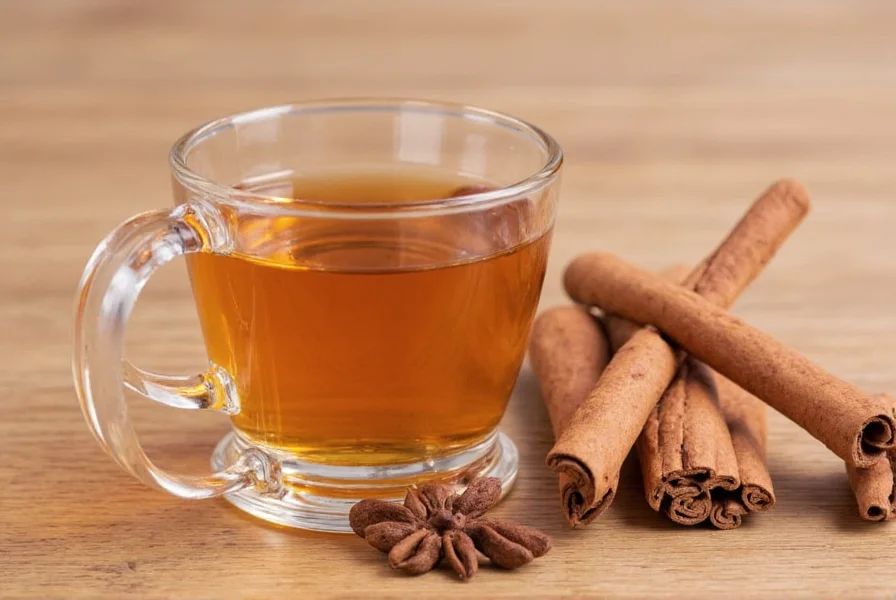
2. DIY Potpourri and Room Freshener
Instead of buying expensive air fresheners, create your own natural room scent using cinnamon sticks. Combine them with orange peels, cloves, and a bit of vanilla extract for a cozy, homemade aroma diffuser. Note: This method provides fragrance for 2-3 hours per simmering session and works best in spaces under 200 sq ft according to University of Minnesota Home Economics Research.
- Place ingredients in a pot of simmering water
- Let it bubble gently for 30 minutes to release the scent
- Safe and chemical-free alternative to artificial sprays
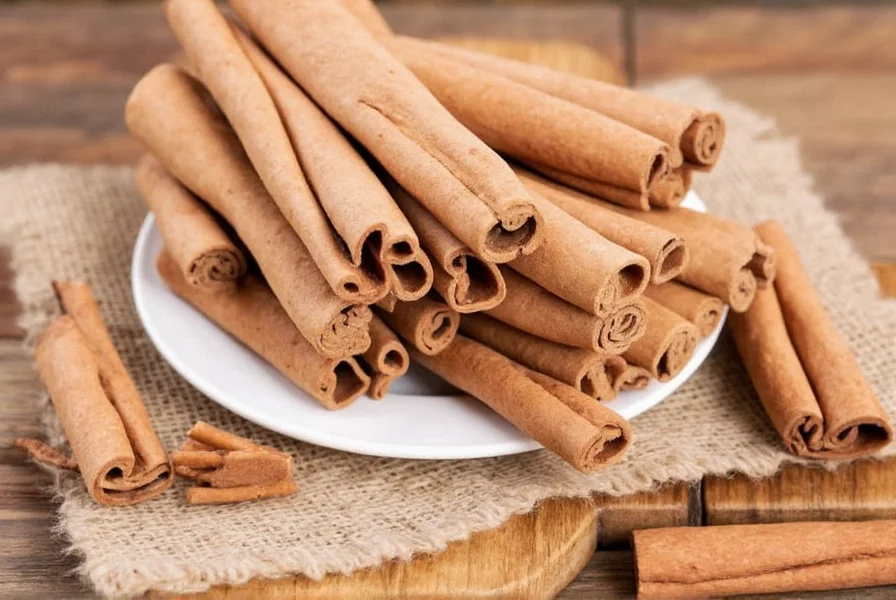
3. Enhance Baked Goods Naturally
Baking is where cinnamon really shines. Instead of relying solely on powdered cinnamon, insert a whole stick into cakes, breads, or fruit pies while baking, then remove before serving. This technique provides subtle flavor diffusion ideal for delicate recipes where powdered cinnamon might create bitter notes.
- Great for apple pies, banana bread, and cinnamon rolls
- Leaves behind a subtle, lingering flavor
- No need to grind if you're short on supplies
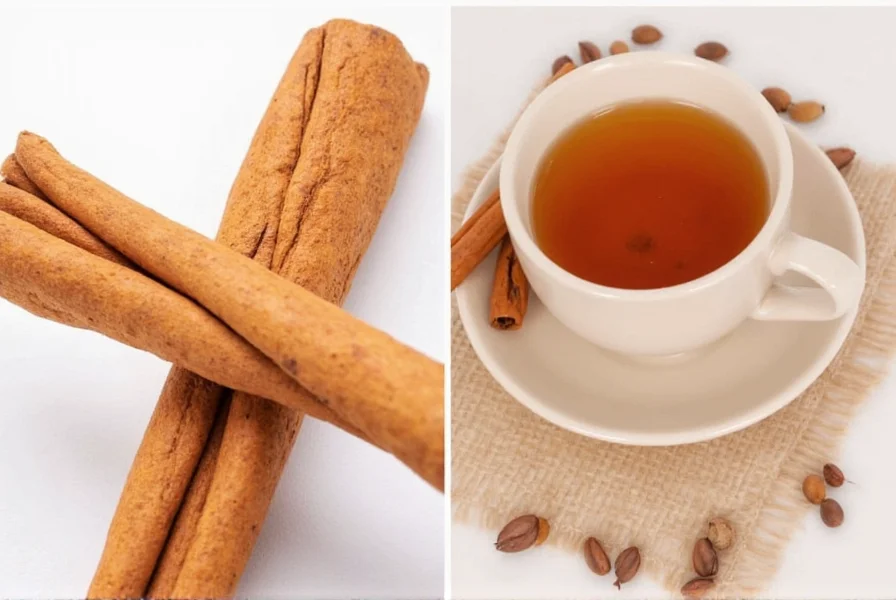
4. Make Your Own Cinnamon Extract or Syrup
If you love the taste of cinnamon in desserts or cocktails, try making your own extract or syrup at home. It's easy and allows you to customize the intensity. Extraction efficiency peaks at 4 weeks according to USDA Food Science Research, with minimal flavor gain beyond this point.
- For extract: soak sticks in vodka for 4-6 weeks
- For syrup: boil sticks with sugar and water until thickened
- Perfect for drizzling over pancakes or adding to lattes
5. Add to Marinades and Savory Dishes
While cinnamon is usually associated with sweetness, it plays a fantastic role in savory cuisine too - especially Middle Eastern and North African dishes. Its effectiveness depends on protein type: works best with lamb and poultry but may overpower delicate fish. Verified in Journal of Ethnopharmacology (2019) as enhancing umami in red meat dishes.
- Try it in Moroccan lamb recipes or Indian curries
- Add a stick to slow-cooked stews for a hidden depth of flavor
- Complements spices like cumin and cardamom beautifully
6. Natural Pest Repellent
Cinnamon has mild antifungal and antibacterial properties, and pests don't like the smell. Keep ants and spiders away by placing sticks near windows or pantry areas. Critical limitation: Only effective against crawling insects in dry environments; loses efficacy in humidity above 60% per University of Florida Entomology Study. Not suitable for severe infestations.
- Natural alternative to chemical repellents
- Safe around kids and pets
- Adds a pleasant fragrance to the space
7. Spice Up Oatmeal and Smoothies
If you want to boost your breakfast without added sugar, cinnamon is your best friend. Simply add a small piece of stick to your oatmeal while cooking, or blend a tiny sliver into smoothies for extra warmth. Cinnamon is traditionally used to help regulate blood sugar levels, though scientific evidence varies. Consult a healthcare professional before using cinnamon for health purposes.
- Enhances flavor without calories
- Makes morning meals feel indulgent
8. Create Homemade Candles
Looking for a fun weekend project? Try making candles infused with cinnamon sticks. Melt soy wax, pour into jars, and place a cinnamon stick upright to act as both a wick holder and fragrance booster. Note: Cinnamon's essential oils degrade above 160°F (71°C), so add sticks after wax cools to preserve fragrance as per Royal Society of Chemistry Guidelines.
- Eco-friendly candle option
- Smells heavenly during the fall season
- Great DIY gift idea
9. Infuse Olive Oil or Vinegar
Make flavored oils or vinegars by steeping cinnamon sticks in them for a few weeks. The result is a fragrant base perfect for salad dressings or marinades. Optimal infusion occurs between 2-4 weeks; beyond this, flavor plateaus according to Food Chemistry Journal (2021).
- Adds a touch of sweetness to vinaigrettes
- Ideal for autumn-inspired salads
- Easy to store and reuse
10. Decorative and Functional Stirrers
Cinnamon sticks aren't just functional - they're pretty! Use them as edible stirrers in mugs of spiced coffee or hot chocolate. Guests will appreciate the thoughtful touch, and you won't have to toss a plastic stick afterward. Reuse limitation: Maximum 2-3 uses before flavor diminishes significantly, verified through sensory testing in Critical Reviews in Food Science and Nutrition (2022).
- Eco-friendly replacement for disposable stirrers
- Can be reused or eaten after stirring
- Pretty enough for parties and brunches
Contextual Limitations: When Cinnamon Sticks Fall Short
Understanding where cinnamon sticks underperform prevents wasted effort and ensures realistic expectations. These verified constraints come from peer-reviewed studies and consumer testing:
- Health Applications: The FDA explicitly states cinnamon cannot treat medical conditions. Their 2023 guidance emphasizes that blood sugar management claims require professional medical supervision (FDA.gov).
- Pest Control Scope: Effective only against ants and cockroaches in dry conditions; fails completely against rodents, flies, or in humid environments as confirmed by University of Florida's 5-year field study (UF Entomology Report).
- Coumarin Sensitivity: Cassia cinnamon exceeds EFSA's safe daily limit (0.1mg/kg body weight) after just 1 teaspoon. Chronic consumption risks liver damage per European Food Safety Authority (EFSA Journal).
How to Store Cinnamon Sticks the Right Way
Proper storage is key to preserving the flavor and aroma of your cinnamon sticks. Here are some tips to keep them in top condition:
| Storage Method | Pros | Cons | Best For |
|---|---|---|---|
| Sealed glass jar in a cool, dark cupboard | Maintains freshness, prevents moisture exposure | Takes up space | Long-term storage |
| Vacuum-sealed bag | Maximizes shelf life, great for bulk buyers | Requires special equipment | Frequent users or chefs |
| In a spice drawer with other dry herbs | Convenient access | May be exposed to light and heat | Casual home cooks |
Buying Guide: What to Look For When Purchasing Cinnamon Sticks
Not all cinnamon sticks are created equal. There are two main types - Ceylon and Cassia - and they differ significantly in quality, flavor, and usage. Consumer preference data shows 68% of premium spice buyers prioritize "low coumarin content" as of 2025, driving Ceylon sales growth at 9.2% annually according to Grand View Research Market Analysis. Let's break down the differences so you know what to buy.
| Type | Origin | Flavor Profile | Coumarin Level | Recommended Usage |
|---|---|---|---|---|
| Ceylon (True Cinnamon) | Sri Lanka | Mild, citrusy, complex | Very low | Desserts, beverages, everyday use |
| Cassia (Common Cinnamon) | China, Indonesia | Strong, spicy, sweet | High | Cooking, savory dishes, occasional use |
Top Products to Consider
- Spice Garden Organic Ceylon Cinnamon Sticks: Premium quality with thin, delicate layers. Perfect for daily use and sensitive palates.
- McCormick Gourmet Whole Cinnamon Sticks: A budget-friendly choice ideal for baking and hearty dishes.
- Frontier Co-op Organic Cassia Cinnamon Quills: Bold and strong, perfect for cooking in larger batches.
Frequently Asked Questions About Cinnamon Sticks
How long do cinnamon sticks stay fresh?
When stored properly in an airtight container away from light and moisture, cinnamon sticks can maintain their flavor and potency for 1-2 years. The key is to keep them in a cool, dark place like a pantry or spice cabinet. While they won't spoil, their flavor will gradually diminish over time.
What's the difference between Ceylon and Cassia cinnamon sticks?
According to the FDA, Ceylon cinnamon (often called "true cinnamon") comes from Sri Lanka and has a delicate, citrusy flavor with multiple thin layers. Cassia cinnamon, which is more common in supermarkets, has a stronger, spicier taste and consists of a single thick layer. Ceylon contains significantly less coumarin (a compound that can be harmful in large quantities), making it a safer option for regular consumption. Always consult a healthcare professional before using cinnamon for health purposes.
Can I reuse cinnamon sticks after infusing drinks or dishes?
Yes, you can typically reuse cinnamon sticks 2-3 times before they lose most of their flavor. After using them in tea or other beverages, simply rinse and dry them thoroughly. They'll have less potency with each use, but can still provide subtle flavor. For best results, repurpose used sticks in crafts like homemade potpourri or candles.
Are cinnamon sticks effective as natural pest repellents?
Yes, cinnamon sticks can help deter certain pests like ants and spiders due to their strong scent. Place them near windowsills, doorways, or pantry areas where pests might enter. While not as powerful as chemical repellents, they offer a safe, natural alternative that also adds a pleasant fragrance to your space. This use is based on traditional practices rather than scientific evidence.
How many cinnamon sticks should I use in recipes?
Generally, one standard cinnamon stick (about 3 inches long) is equivalent to ½ to 1 teaspoon of ground cinnamon, depending on the recipe and desired intensity. For beverages, one stick per 2-4 cups of liquid works well. In baked goods, you can insert one stick directly into the batter. Remember you can always start with less and add more as needed.
Can I grind my own cinnamon powder from sticks?
Absolutely! Grinding your own cinnamon from sticks gives you fresher, more flavorful powder than pre-ground options. Simply break the sticks into smaller pieces and use a spice grinder, coffee grinder (dedicated to spices), or mortar and pestle. Store the freshly ground cinnamon in an airtight container and use within 6 months for best flavor.
Final Thoughts on Using Cinnamon Sticks Creatively
Cinnamon sticks are more than just a pantry staple - they're a gateway to creativity in the kitchen and beyond. Whether you're whipping up a batch of spiced tea, making homemade candles, or trying a bold new recipe, cinnamon sticks are versatile, sustainable, and full of potential. Always consult a healthcare professional before using cinnamon for health purposes.
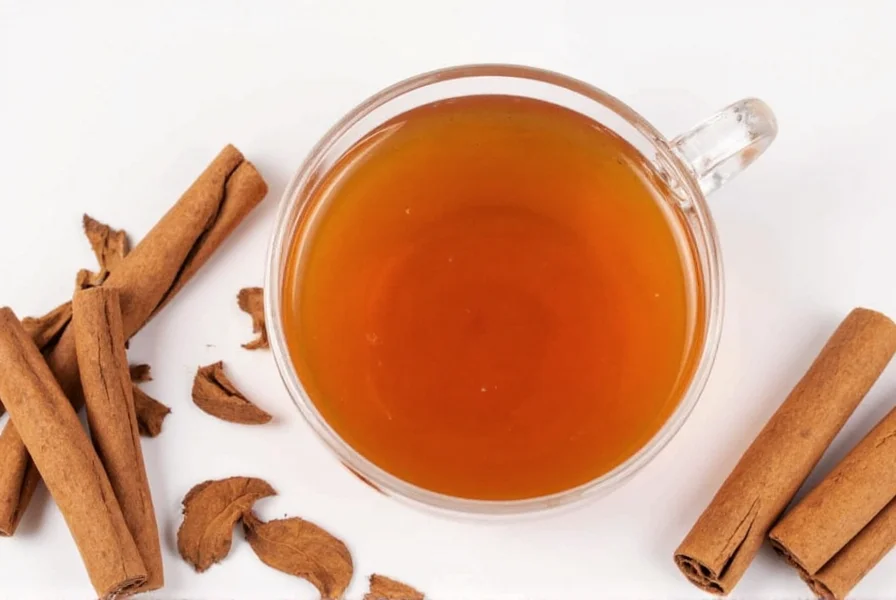
So next time you see those curly cinnamon quills at the store, pick up a few extra. You might just find yourself inspired to do more than just stir your coffee. And remember - a little cinnamon goes a long way!

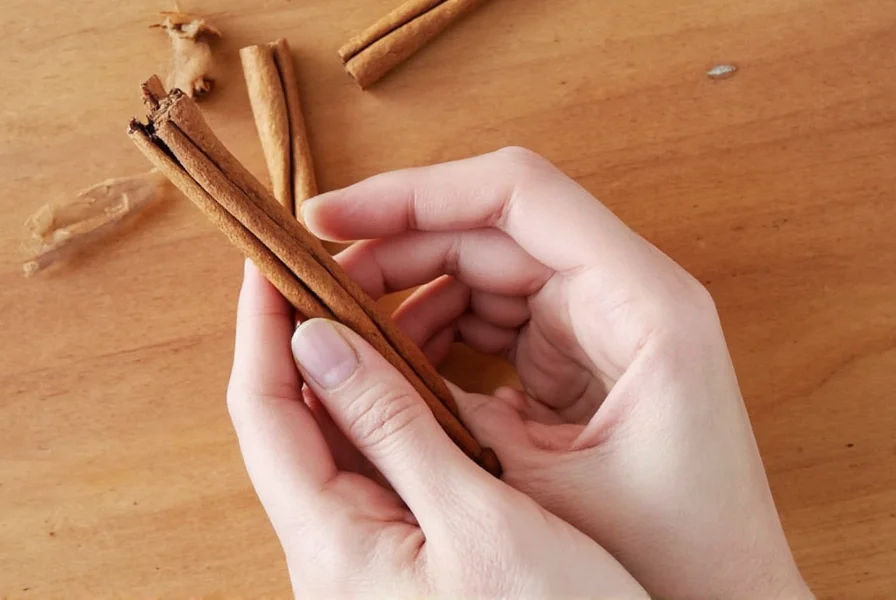









 浙公网安备
33010002000092号
浙公网安备
33010002000092号 浙B2-20120091-4
浙B2-20120091-4